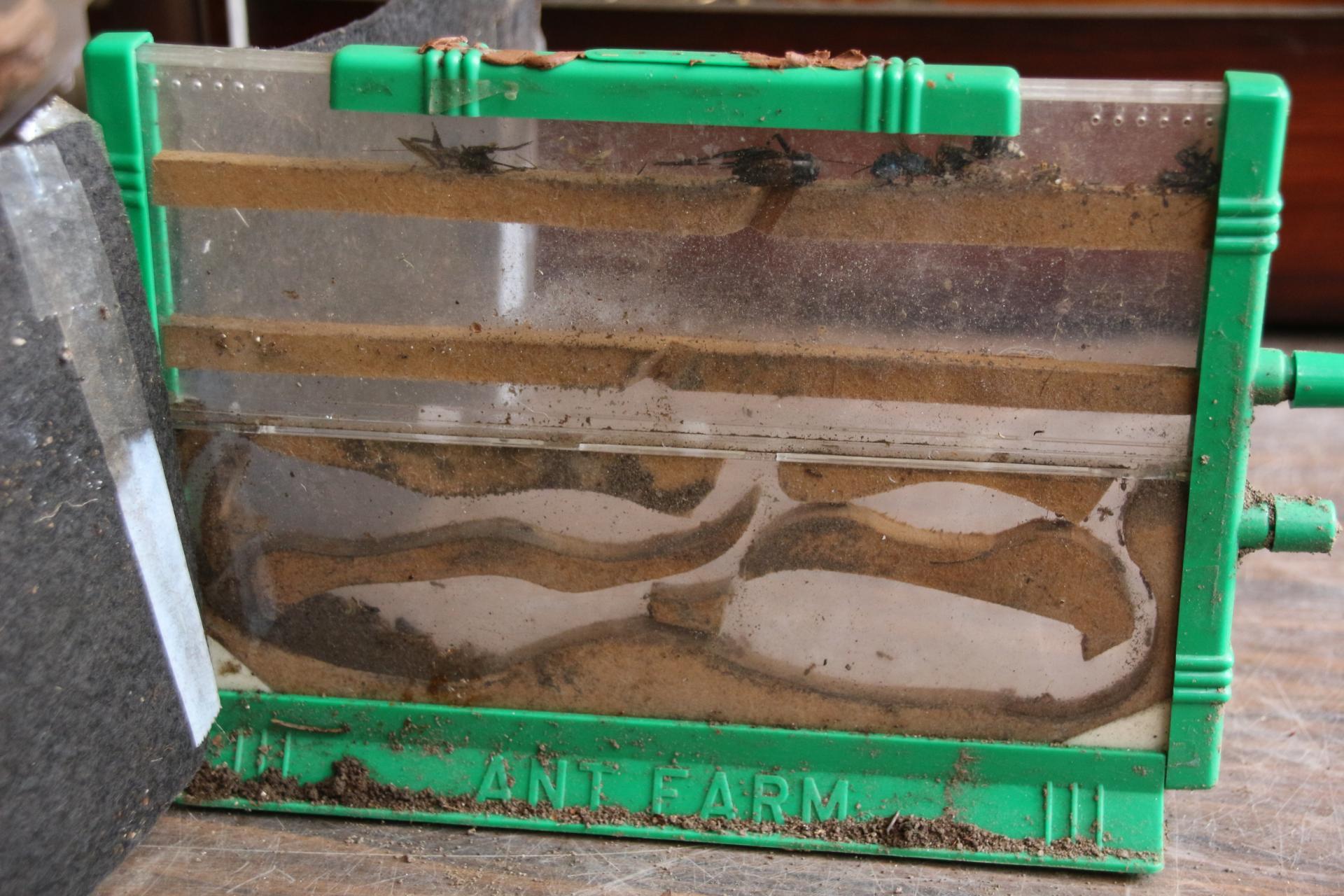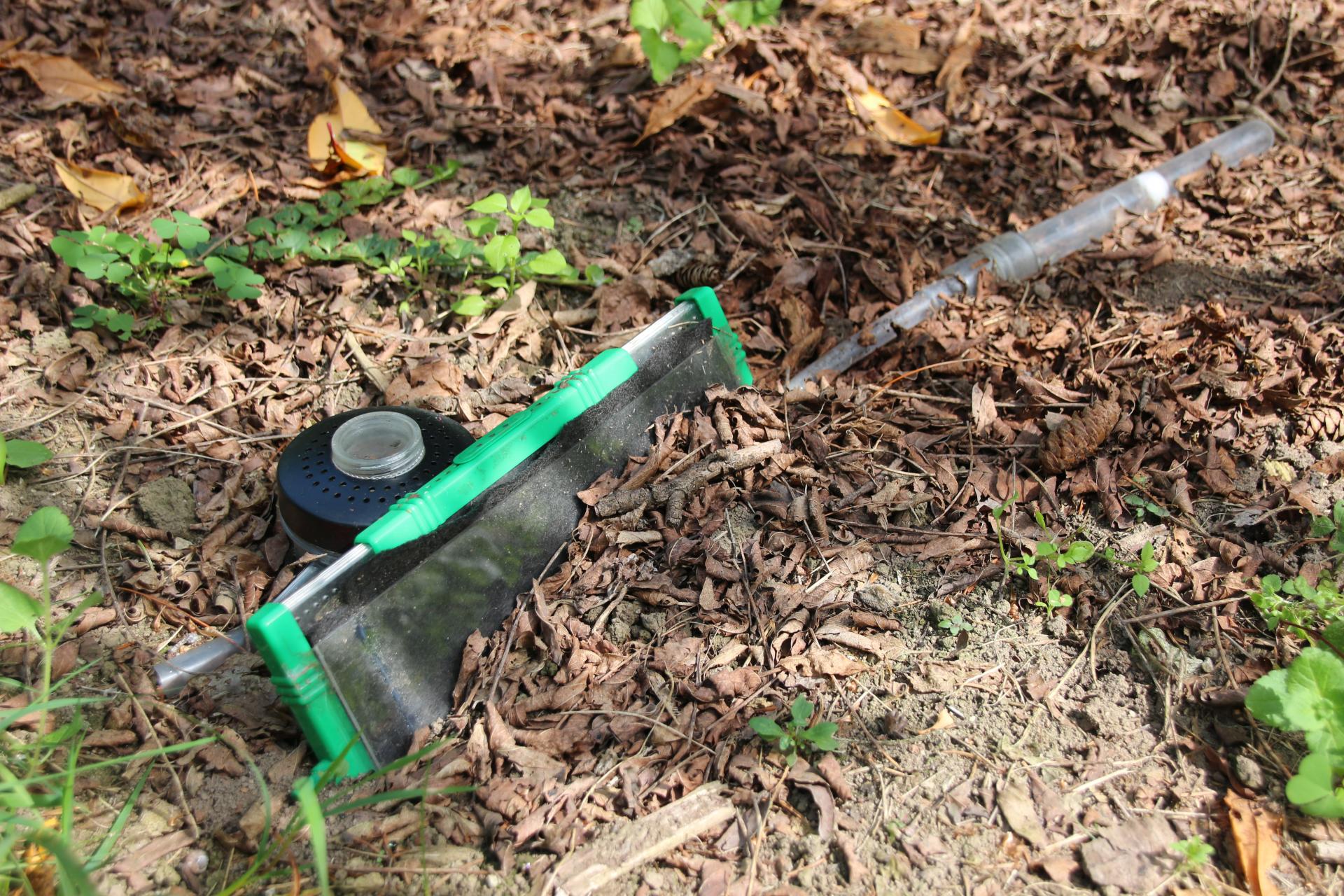Despite the age of the thread, I might have some useful suggestions for these questions. If I understand you correctly, you have made an outdoor enclosure that you are going to put various foricaria in so you can keep ants outside of the house. If this is the case, I would suggest that you select a location for it that is sheltered from wind and harsh rain. It should also be well drained and have good air circulation. I would locate it on the east side of the house to warm the ants early in the morning and if you can locate it up against a brick or stone wall, the absorbed heat from the wall will keep them warm during the day and night. The south side of the house could be too warm (hot) on sunny days. If you could put it against a basement window you could check them from inside any time. You could also partially bury the enclosure to take advantage of the cooling effect of the earth in an otherwise hot location. Hopefully you can also find a place that is close and handy as you will have to maintain them regularly.
Others have mentioned having problems with where to keep ant colonies that is acceptable to others like parents and spouses. To keep peace in my household, I keep my ants in a greenhouse and workshop and my formicaria have to be as escape proof as possible. It wasn't always this way. When I began keeping ants, I "kept" a wild colony outside in my garden for the summer. I used an old 'Uncle Milton Ant Farm' that I modified with chambers, half buried in a sunny location, with a sugar/water feeder attached at one end and an opening to the ant farm at the other end. The photo below is from a different time, but you can see the type of modifications that I made.

I made it so I could easily check on the below ground brood chambers and there is an opening on top where I fed insects etc for protein. I covered the above ground part with black cloth to warm it on sunny days. A Tapinoma colony began to collect sugar/water within days. I checked on them regularly and watched as they finally brought their brood into the ant farm. By the end of summer the whole colony had moved into the ant farm but the queen and her entourage were still nested in a place beside the ant farm, in the soil. I was very lucky in the fall when I dug them up as I was able to get the queen and her workers to join the colony when I placed them into an outworld that I connected to the now freed ant farm.

This was a similar setup in the garden that I used last summer. I replaced the sugar/water when empty and I kept it covered with leaves to prevent overheating. The black round brood chamber was as added feature last year that I hoped the queen would move into if she wouldn't move into the ant farm.
I still have the "Ant Farm Colony" today. Of course, they've long since graduated to bigger housing and I learned a lot along the way. Much of what I learned was from simply watching ants and what they do in their natural environment. If you're having trouble convincing someone you can keep ants, start by learning as much about them as you can outside. Set up a feeder, see who comes and "adopt" a colony. Set up a feeding schedule, keep a journal of your observations, take photos, do a little nosey digging, use bricks or rocks to lure them to the surface. You can show that you are responsible and that you take ant keeping seriously. Start slowly with a small colony in a garage or out building. Your knowledge and experience will grow with the colony and you'll soon find that no one will doubt your ability to care for ants anymore! It worked for me. Good Luck.
RPT
My father always said I had ants in my pants.




















